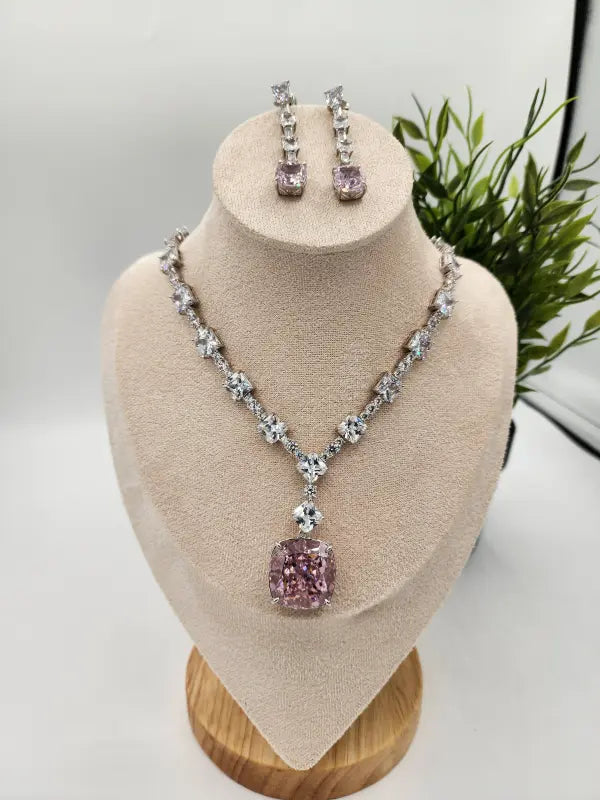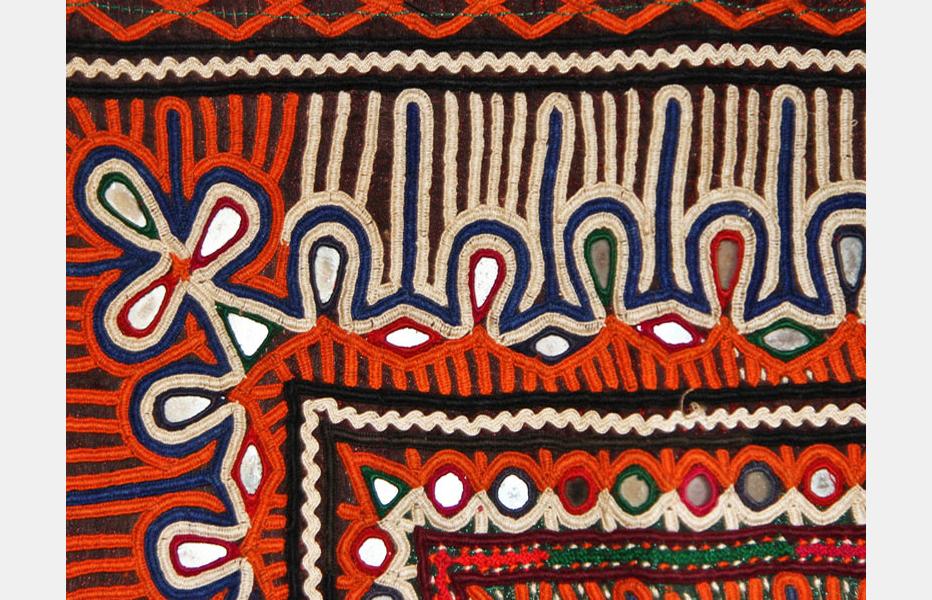Patachitra, also spelled as Pattachitra, is an age-old form of cloth-based scroll painting that has captured the imagination of art lovers worldwide. Originating in the eastern Indian states of Odisha and West Bengal, this traditional art form is renowned for its intricate designs, vibrant colors, and storytelling through visual narratives. Over the centuries, Patachitra has evolved into a highly revered and culturally significant art form, with its roots tracing back as early as the 12th century.
The Origins and Evolution of Patachitra Painting

The word "Patachitra" is derived from the Sanskrit words "Patta," meaning cloth, and "Chitra," meaning picture. This form of art is not just a decorative piece but a medium to tell stories, primarily of Hindu deities and mythological events. The origins of Patachitra are steeped in religious rituals, where these paintings were created for use in temples and as souvenirs for pilgrims visiting sacred sites like the Jagannath Temple in Puri, Odisha.
In West Bengal, Patachitra developed as a form of narrative art, often used as a visual accompaniment during the performance of songs. Artists would unfurl these painted scrolls while singing about the tales depicted on them, creating an immersive experience for the audience. This tradition of combining art and music is still prevalent in certain parts of Bengal, where artists are known as "Patua" or "Chitrakar."
The Making of Patachitra: A Blend of Tradition and Craftsmanship

Creating a Patachitra painting is a labor-intensive process that requires immense skill and patience. The canvas, traditionally made from cotton, is first prepared by layering it with tamarind paste and then coating it with a mixture of clay powder. This process not only strengthens the cloth but also provides a smooth surface for painting. Today, artists use both cotton and silk canvases, with silk adding a luxurious touch to the finished artwork.
Once the canvas is ready, the artist begins by outlining the borders, a practice that has been followed for centuries. Unlike many other forms of painting, Patachitra does not involve preliminary sketches. The artist directly fills in the colors, which are derived from natural sources such as lamp soot, powdered conch shells, and various minerals. The use of natural colors not only adds to the aesthetic appeal of the painting but also ensures its longevity.
The motifs and themes of Patachitra paintings are deeply rooted in Indian mythology and folklore. Common subjects include scenes from the Ramayana and Mahabharata, stories of Lord Krishna, and depictions of various Hindu deities. The paintings are characterized by their intricate detailing, with every element meticulously crafted to tell a part of the story.
Patachitra in Odisha: A Cultural Legacy
In Odisha, Patachitra has a significant cultural and religious importance. The tradition is closely associated with the Jagannath Temple in Puri, where these paintings have been used for centuries as ritualistic objects. The "Anasara" paintings, which depict the deities Jagannath, Balabhadra, and Subhadra, are an integral part of the temple rituals, especially during the Rath Yatra festival.
The art form is predominantly practiced in the town of Raghurajpur, which is renowned for its community of skilled Patachitra artists. Here, the craft has been passed down through generations, with entire families dedicated to preserving and continuing the tradition. The village itself is a living museum, where visitors can witness the process of creating Patachitra paintings and purchase these exquisite artworks directly from the artists.
Patachitra in West Bengal: The Narrative Art of Patua
In West Bengal, Patachitra is deeply intertwined with the local folk culture. The artists, known as Patuas or Chitrakars, are not just painters but also storytellers. The tradition of "Pater Gaan," where the artist sings while displaying the scroll, is a unique feature of Bengal's Patachitra. These songs narrate the stories depicted in the paintings, often focusing on themes of social and religious significance.
The village of Naya in West Bengal has gained international recognition for its community of women Patachitra artists. These first-generation women artists have taken the tradition to new heights by selling their work online, thus gaining global recognition. Their success has not only empowered them but also encouraged future generations to pursue this age-old craft, ensuring its survival in the modern world.
The Global Recognition of Patachitra Art
The global recognition of Patachitra art is a testament to its timeless appeal and cultural significance. Exhibitions, workshops, and collaborations with international artists have brought this ancient art form to the forefront of the global art scene. Collectors and art enthusiasts from around the world now seek out Patachitra paintings for their unique blend of tradition, artistry, and storytelling.
The women artists of Naya village, in particular, have played a crucial role in this global recognition. By selling their work online, they have not only preserved the tradition but also created new opportunities for themselves and their community. Their success story is a powerful example of how traditional art forms can adapt and thrive in the modern world.
Conclusion: The Enduring Legacy of Patachitra Painting
Patachitra painting is more than just an art form; it is a cultural legacy that has been passed down through generations. Its intricate designs, vibrant colors, and rich narratives continue to captivate audiences, making it a cherished part of India’s artistic heritage. As Patachitra continues to evolve and gain recognition, it serves as a reminder of the timeless beauty and resilience of traditional art in the face of changing times.
- What is Patachitra painting?
- Patachitra is a traditional cloth-based scroll painting originating from the eastern Indian states of Odisha and West Bengal. It is known for its intricate designs and mythological narratives.
- What materials are used in Patachitra paintings?
- Patachitra paintings are made on cotton or silk canvas, layered with tamarind paste and coated with clay powder. Natural colors, derived from sources like lamp soot and conch shells, are used to create the artwork.
- What themes are commonly depicted in Patachitra paintings?
- Patachitra paintings commonly depict stories from Hindu mythology, including scenes from the Ramayana, Mahabharata, and the life of Lord Krishna, as well as various Hindu deities.
- Where is Patachitra painting primarily practiced?
- Patachitra is primarily practiced in Odisha, particularly in the town of Raghurajpur, and in West Bengal, especially in the village of Naya.
- How long does it take to complete a Patachitra painting?
- The time required to complete a Patachitra painting can vary, with some pieces taking several weeks or even months to finish, depending on the size and complexity of the artwork.




